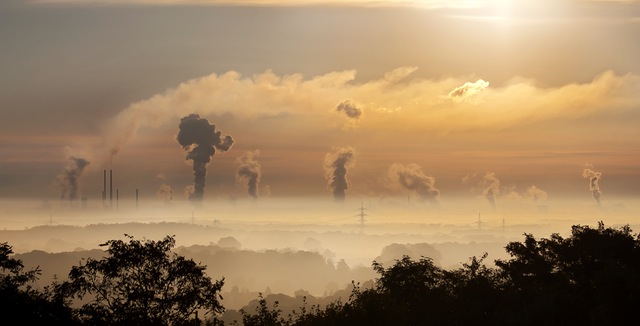A failure to recognise the actual carbon dioxide concentration in the working environment and therefore the hazard has led to a number of fatalities. While the asphyxiation hazard is well known, the Carbon Dioxide intoxication hazard is not well understood by those exposed to carbon dioxide.
As the concentration of Carbon Dioxide in the ambient air increases, lower quantities of Carbon Dioxide leave the blood stream and/or alveoli and therefore there is less room for Oxygen – without Oxygen one cannot live. This effect is called Intoxication. Carbon Dioxide Intoxication is entirely independent of the effects of Oxygen Deficiency (i.e. Asphyxiation) therefore the Oxygen content in the air is not an effective indication of the danger of Intoxication.
Due to the health risks associated with Carbon Dioxide the average exposure of a healthy employee during an eight hour working shift should not exceed 0.5 % (5,000 ppm). A common mistake is to only measure the Oxygen concentration instead of Carbon Dioxide. If you wait until the Oxygen deficiency alarm is activated, and the deficiency is due to the presence of CO2, you will have substantially exceeded the toxic exposure limit before leaving the affected area.
When, as a result of the job hazard analysis, a risk of Intoxication is considered possible, one or more of the following measures should be implemented:
- Ensure effective ventilation, especially in lower levels of the room;
- Install a Carbon Dioxide monitor and alarm system, ensure people are trained in the response required to any alarm. Location of the monitors must be evaluated based on the job hazard analysis;
- Carry out regular maintenance and calibration of the Carbon Dioxide monitor and alarm system, as well as of any mechanical ventilation systems;
- Ensure that if the Carbon Dioxide monitor and alarm system is operating at subzero temperatures, it is designed for operating in those conditions and for the application or process;
and
… Remember: Carbon Dioxide is “not just an asphyxiant!”
The Safety Advisory Council (SAC) of EIGA (EUROPEAN INDUSTRIAL GASES ASSOCIATION), Brussels have published this helpful Safety Document with further information.














